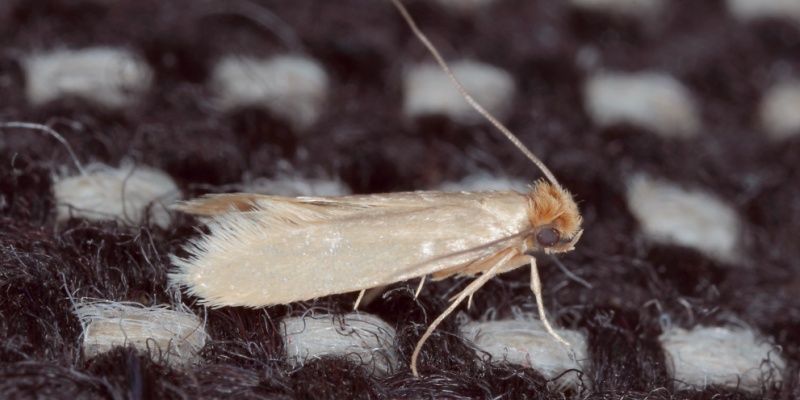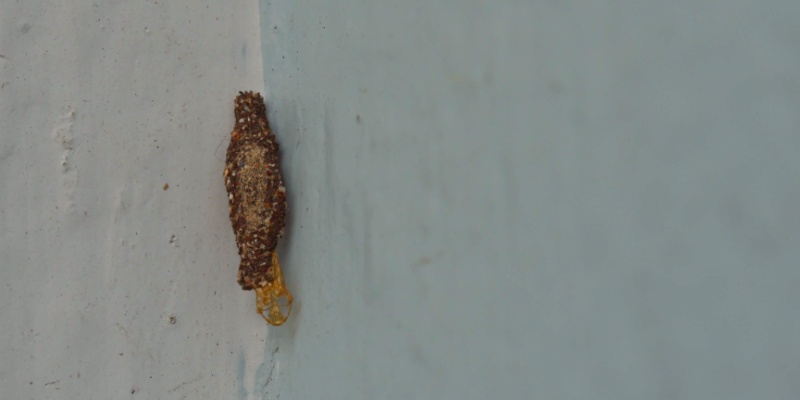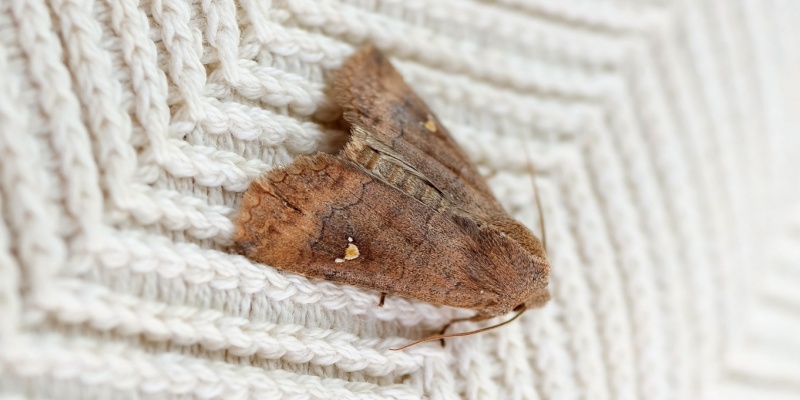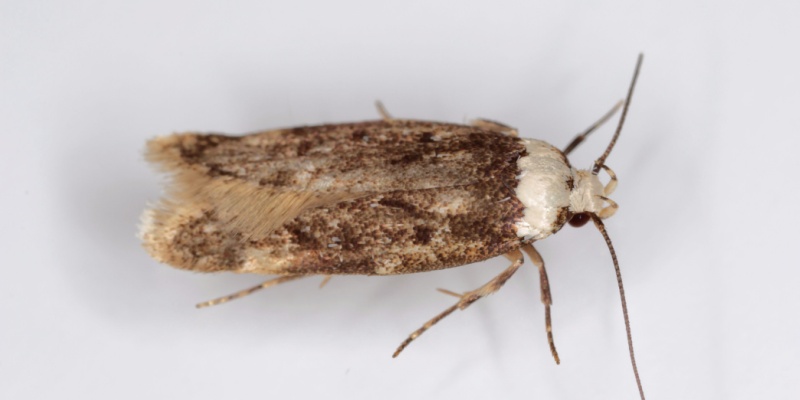
We all look forward to the joys of summer, but unfortunately, it's not all sunshine and rainbows. The season brings with it a wave of moths that set their sights on carpeted homes with wardrobes full of feasting opportunities.
Don’t let these annoying pests take refuge in your home – find out how to get rid of moths for good with these tips.
EASY AS HACK
There are smells we love, and moths hate – so use essential oils like lavender and cedarwood in sprays and packets to deter them.
At a glance
- Moths come out in spring and summer, with a “second wave” happening in the late summer months
- Cleaning your home and using natural repellents can help prevent damage to clothes and soft furnishings
- There are different ways to outsmart moths in different parts of the home
at what times of the year are moths a problem in the home?
In the UK, moths can become a problem in the home during April and May, when the temperatures start to rise. There’s also usually a “second wave” of moths in August and September.
what are the most common types of moth pests in the uk?
 Common clothes moth
Common clothes moth
-
Common Clothes Moth
The beige or buff-coloured Common Clothes Moth tends to be the most destructive moth in British homes. It’s attracted to salt found in sweat, silk, fur, felt, and hair. So, clothes and soft furnishings are a target.
Common clothes moths don’t fly like other moths. They crawl along the ground where they can feast on carpet fibres. You might see them resting on the lower half of walls.
 Case-bearing clothes moth on wall
Case-bearing clothes moth on wall
-
Case-bearing Clothes Moth
Another closet-raider is the Case-bearing Clothes Moth. It’s slightly darker in colour to the Common Clothes Moth with faint spots on its wings.
You can identify these moths by their larvae, which look like grains of rice on the floor.
 Case-bearing clothes moth
Case-bearing clothes moth
 Brown house moth
Brown house moth
-
Brown House Moth
Less of a pest than the moths previously mentioned but still unwanted in homes is the Brown House Moth.
It’s larger than the clothes moths and has brown wings with spots. You can find these moths feasting on fabrics and food, especially furs, feather and cereal-based food. So, watch out for them in your kitchen as well as the rest of your home.
 White-shouldered house moth
White-shouldered house moth
-
White-Shouldered House Moth
The White-Shouldered House Moth is also a less common pest in British homes.
The mature moths have a white head and mottled wings, and don’t cause much damage to textiles as they tend to stay outdoors. The larvae, however, can scavenge on foods, so can be a problem if eggs are laid in the home.
why do moths come into the house?
The warmth and humidity of the summer months speed up the moth lifecycle, which means there are more of them in our homes.
Moths come indoors looking for food sources, and find a wealth of fabrics, foods and textiles to feast on. They also lay their eggs on these materials, which can hatch within ten days.
Left unchecked, this cycle can cause an infestation, resulting in the destruction of clothing, furniture, linens and carpets.
how to identify moths in the house
-
Look for holes in clothing and fabrics
The most obvious way to tell if you have moths in the home is to look for visible signs. Holes in your woollen jumpers, carpets and curtains are telltale signs of moth activity.
-
Look for moths and larvae
But moths could be in the home even if there are no clear signs of damage – yet. Look out for adult moths on the walls and carpets, as well as the larvae and pupae that may be nestled on soft furnishings.
how to get rid of moths in cupboards and wardrobes
-
Do a clear-out
Forget the flame, moths are really drawn to wool, silk and linen. If they have already invaded your wardrobe and drawers, the best thing to do is throw out heavily infested clothing in airtight bags.
-
Freeze salvageable clothes
Clothes that have signs of damage but are still salvageable can be put in the freezer for 72 hours to kill off moths and larvae.
-
Clean your wardrobe
Once your wardrobe is clear, give it a deep clean. Be sure to sanitise any cracks and crevices that might contain trapped dirt and dust (a breeding ground for larvae).
When your wardrobe is sparkling clean, you can put clothes inside again. But preventative measures should be taken to ensure the moths don’t return – more on this later.
how to get rid of moths in kitchen cupboards
-
Throw away contaminated food
Again, the starting point is to chuck out any food items that are heavily infested with moths.
-
Clean the kitchen
Next, clean out the whole kitchen – cabinets, drawers, cupboards, and pantry spaces, as well as any food containers – with warm, soapy water. You can also wipe down tins and food products that have been sitting in your cupboard for a while and may contain eggs.
Make sure to use food-safe cleaning products, as you don’t want harsh chemicals to affect your food.
-
Seal away food
Make sure you store your untouched food in airtight containers that can’t be chewed through.
how to prevent moths in the home
-
Stay vigilant
To always be one step ahead of the moths, you need to keep an eye on your home’s interior. That’s your clothing, soft furnishings, cushions, carpets, bedding, toiletries and food cupboards. This way, at the first signs of damage, you can start your next cleaning regimen.
-
Spring clean regularly
Wash all vulnerable household items thoroughly and regularly, remembering to get to tricky spots like under bed frames and furniture and the tops of cupboards too.
Moths like dusty nooks and crannies where they can lay their eggs, and feast on any textiles in the home with traces of sodium. Vacuum up the dust and keep clothes fresh to prevent moths from setting up camp.
-
Repel them
Interesting fact – moths can’t stand the smell of essential oils like lavender and cedarwood. Spray these fragrances around your home and place lavender bags or cedar balls in your closet to ward off the pests.
-
Store your supplies
Moths can’t eat what they can't access, so protect your clothing and food by storing items in sealed containers. This will prevent moths from gnawing away at your prized possessions and keep them dust-free too.
-
Consult a specialist
If you have a moth infestation that’s out of control, it may be best to let a professional take care of it. Then once your home is moth-free, you can follow the other preventative measures in this list to keep moths at bay – and hopefully away for good.
Find out about Ageas home insurance to protect your home and contents


